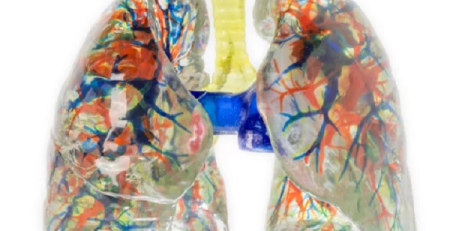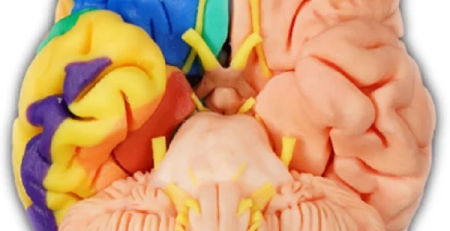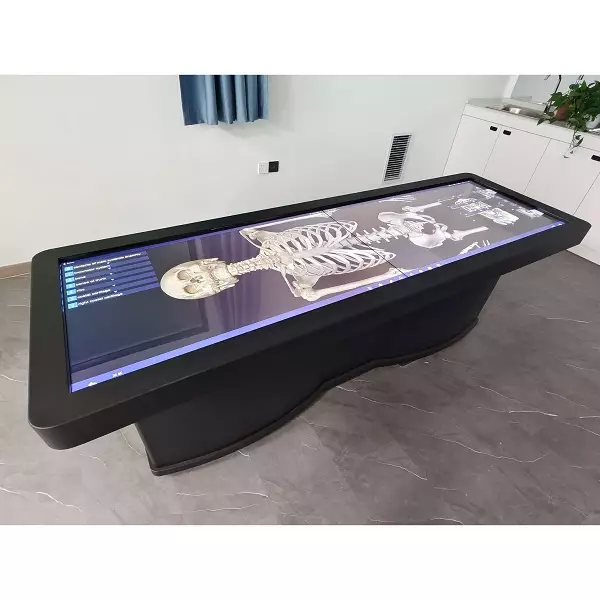Exploring the Future of Medical Education: DIGIHUMAN’s 3D Anatomy Table at the Forefront of Innovation
Exploring the Future of Medical Education: DIGIHUMAN’s 3D Anatomy Table at the Forefront of Innovation
Date:
Since 2002, DIGIHUMAN Technology has carved a niche in medical education, blending cutting-edge technology with pedagogical expertise. Our flagship product, the 3D anatomy table, has emerged as a cornerstone for institutions seeking to elevate anatomical learning. By merging 17,000+ human tomographic image reconstructions with intuitive software, this system offers a level of detail and interactivity previously unattainable. Let’s delve into how DIGIHUMAN is reshaping medical training and research.
Table of Contents
ToggleFrom Images to Interaction: The Technology Behind DIGIHUMAN’s 3D Anatomy Table
The 3D anatomy table is more than a digital display—it’s a gateway to exploring the human body in unprecedented depth. Using advanced imaging techniques, the platform reconstructs layers of anatomy, allowing users to peel back virtual tissues, isolate organs, and simulate procedures. With 100+ patents and software copyrights, DIGIHUMAN ensures its tools are both innovative and reliable.
What makes this system unique is its adaptability. Medical students can study the intricate networks of nerves or blood vessels, while surgeons rehearse complex operations using lifelike 3D models. For example, a neurosurgeon might use the table to map a tumor’s location relative to critical brain structures, enhancing preoperative planning. This fusion of education and practical application underscores the table’s value across disciplines.
A Global Footprint: How 500+ Institutions Adopted DIGIHUMAN’s Solutions
DIGIHUMAN’s impact spans continents, with over 500 medical institutions integrating its systems into their curricula. From bustling urban hospitals in Europe to rural clinics in Southeast Asia, the 3D anatomy table addresses diverse needs. In regions where cadaver access is limited, the platform provides a sustainable, ethical alternative for teaching anatomy.
The system’s success in 40+ countries also stems from its multilingual interface and customizable modules. Educators can tailor content to regional health priorities, whether focusing on tropical diseases in Africa or geriatric care in Japan. This flexibility has cemented DIGIHUMAN as a trusted partner in global healthcare education.
Beyond the Present: DIGIHUMAN’s Vision for Tomorrow’s Healthcare
As healthcare evolves, so does DIGIHUMAN’s technology. The company is exploring AI-driven enhancements, such as predictive diagnostics and personalized learning algorithms. Imagine a future where the 3D anatomy table analyzes a patient’s medical history to generate a 3D model of their unique anatomy, helping surgeons anticipate challenges before stepping into the operating room.
Additionally, DIGIHUMAN remains committed to sustainability. By reducing reliance on physical specimens and plastic models, the platform aligns with eco-conscious practices without compromising educational rigor. This balance of innovation and responsibility reflects the brand’s dedication to advancing precision medicine.
Conclusion
DIGIHUMAN’s 3D anatomy table is not merely a tool—it’s a catalyst for progress in medical education and patient care. By harmonizing 17,000+ layers of anatomical data with 100+ patents’ worth of technical expertise, the system offers a dynamic platform for learning and discovery. As 500+ institutions and 40+ nations demonstrate, this technology transcends borders, empowering professionals to refine their skills and improve outcomes.
For educators, researchers, and clinicians, DIGIHUMAN’s solutions represent a paradigm shift: a world where anatomy is no longer confined to textbooks or labs but becomes an immersive, evolving experience. In an era demanding both precision and adaptability, the 3D anatomy table stands as a beacon of what’s possible when technology and human ingenuity converge.
Related Posts
 Blog
BlogThe Art and Science of 3D Anatomical Modeling at DIGIHUMAN
At DIGIHUMAN, we are proud to present our cutting-edge wholesale 3D model of human lungs. Crafted from high-precision digitized human...
 Blog
BlogWhere to Buy a Brain Model: Your Guide to Digihuman’s 3D Printed Solutions
"Where can I buy a brain model?" People often ask this question. As a leading manufacturer of high-quality anatomical models, we at DIGIHUMAN are...
 Blog
BlogCrafting Realism: The Art and Science of Anatomical Model Creation
At DIGIHUMAN, we take pride in our cutting-edge technology that allows us to create precise anatomical models from digitized human...

